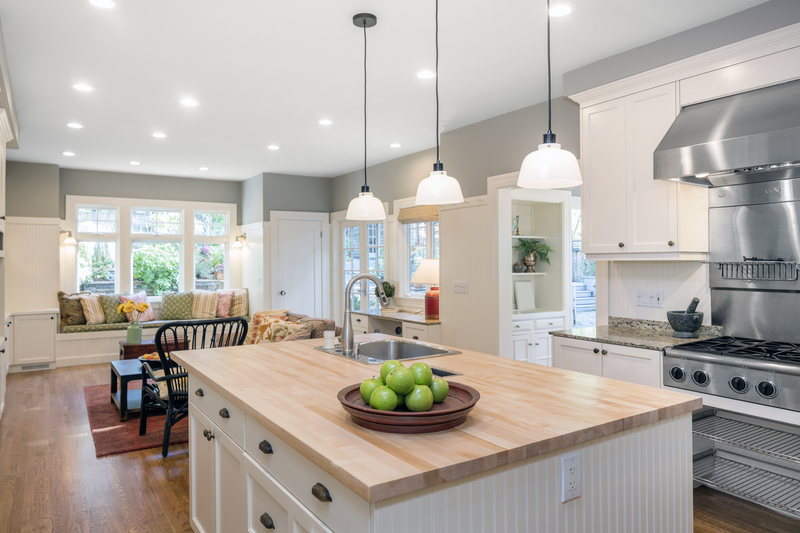Guide to Proper Wine Storage
Posted on 18/08/2025
Why Proper Wine Storage Matters
Wine is a delicate and complex beverage that can be greatly affected by its environment. Factors such as temperature, humidity, light, and vibration can all impact the aging process and flavor profile of wine. Proper storage ensures that these elements are controlled, allowing wine to age gracefully and develop its full potential.

Optimal Temperature for Wine Storage
One of the most crucial factors in wine storage is temperature. Wines should be stored at a consistent temperature, typically between 45?F and 65?F (7?C to 18?C), with 55?F (13?C) often considered ideal. Temperature fluctuations can cause the wine to expand and contract, potentially leading to premature aging or spoilage.
Importance of Humidity
Maintaining proper humidity levels is also vital for wine storage. Generally, humidity levels should be between 50% and 80%. Too much humidity can lead to mold growth, while too little can cause corks to dry out and allow air to seep into the bottle, spoiling the wine.
Light Exposure
Light, especially UV light, can be detrimental to wine. UV rays can break down compounds in the wine, leading to spoilage. It is essential to store wine in a dark environment or use UV-protected glass if the wine is stored in a bright area.
Minimizing Vibration
Vibration can disturb the sediment in wine bottles and accelerate chemical reactions, negatively impacting the wine. Store wine in a stable environment, away from sources of vibration like appliances and heavy foot traffic.
Storage Position
Wine bottles should be stored on their sides to keep the cork moist. A dry cork can shrink and allow air into the bottle, leading to oxidation and spoilage. Storing wine horizontally helps ensure the cork stays in contact with the wine.
Wine Storage Solutions
Various storage solutions are available to accommodate different needs and budgets:
- Wine Cellars: Ideal for serious collectors, wine cellars offer optimal temperature and humidity control. They can be built in basements or specially designed rooms.
- Wine Refrigerators: These appliances are perfect for smaller collections. They provide a controlled environment and come in various sizes and styles.
- Wine Racks: Suitable for short-term storage, wine racks keep bottles organized and accessible. They can be placed in cool, dark areas of the home.
Tips for Storing Wine
- Label Bottles: Keep your collection organized by labeling bottles with the purchase date and intended consumption date.
- Track Inventory: Use a spreadsheet or wine management app to track your inventory and keep notes on each bottle's aging progress.
- Choose the Right Wines to Age: Not all wines benefit from aging. Research which types of wine in your collection will improve over time and which are best enjoyed sooner.
- Avoid Frequent Temperature Changes: Keep the storage environment as stable as possible to prevent temperature fluctuations.
Pros and Cons of Different Wine Storage Methods
Different storage methods offer unique advantages and disadvantages:
- Wine Cellars:
- Pros: Excellent temperature and humidity control, suitable for large collections, can add value to your home.
- Cons: Expensive to build and maintain, requires significant space.
- Wine Refrigerators:
- Pros: Affordable, easy to install, provides a controlled environment, available in various sizes.
- Cons: Limited storage capacity, may not be suitable for long-term aging of large collections.
- Wine Racks:
- Pros: Inexpensive, space-efficient, easy to access individual bottles.
- Cons: Offer no environmental control, suitable only for short-term storage.

Key Takeaways
- Maintain a consistent temperature between 45?F and 65?F (7?C to 18?C).
- Keep humidity levels between 50% and 80%.
- Protect wine from light exposure, especially UV rays.
- Minimize vibration to preserve wine quality.
- Store wine bottles horizontally to keep the corks moist.
- Choose the right storage solution based on your needs and budget.
Conclusion
Proper wine storage is crucial for maintaining the quality and longevity of your collection. By controlling temperature, humidity, light exposure, and vibration, you can ensure that your wine ages gracefully and is always ready to be enjoyed. Whether you invest in a wine cellar, wine refrigerator, or simply use wine racks, following these guidelines will help you get the most out of each bottle in your collection.














